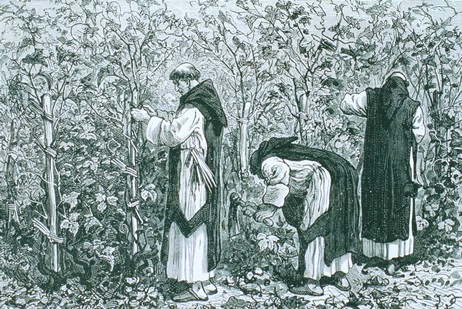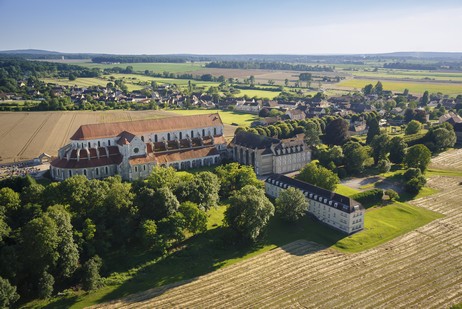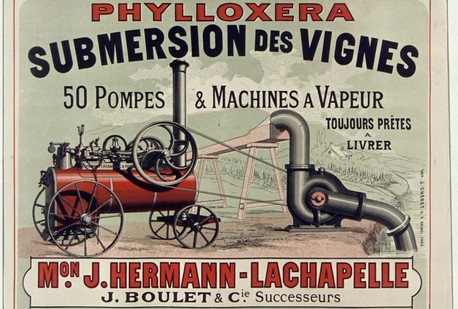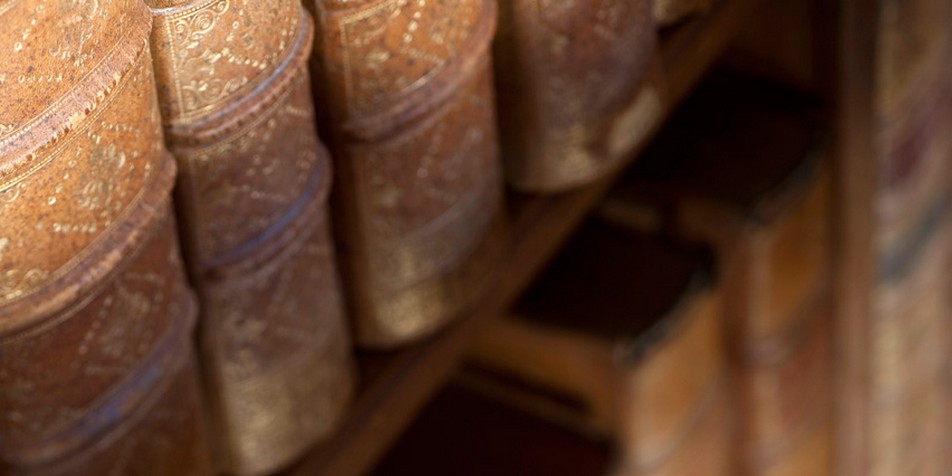The history of the Chablis region
The name Chablis is thought to come from two Celtic words: "cab" meaning "house" and "leya", meaning "near the wood". There was a Neolithic village in the Serein valley, and then, much later, there was a fortified farm from the time of the Gauls, which no doubt already had some vines.
The village of Chablis goes back to the Roman period, with the construction of four major villas. The vines were pulled up under the Emperor Domitian (81-96), but were replanted under Emperor Probus (276-282). That was 18 centuries ago.
In the 9th century, Charles the Bald had a small church built at the mouth of the valley of Vaucharmes, dedicated to Saint Marie, to thank God for his victory at the battle of Fontenoy.
In 867, fleeing the Vikings who were sailing up the Loire, the Benedictine monks from Tours took refuge on the banks of the Yonne in the Saint Germain abbey in Auxerre, around 20 kilometers from Chablis. But they still feared the arrival of the Vikings up the Yonne, so Charles the Bald gave them the village of Chablis. They soon received donations and inheritances, notably in the form of vineyards, to assure the holy office, to meet their needs in wines, and to be able to receive the poor and their guests.

CISTERCIAN MONKS DEVELOP WINEMAKING

In 1114, the Cistercian monk Hugues de Mâcon founded the nearby abbey of Pontigny (the second daughter house of Cîteaux), which soon became renowned and received donations of vines in Chablis to meet its needs. It was mainly these Cistercian monks who then developed the Chablis wine region.
In the 12th and 13th centuries, the churches of Saint Martin and Saint Pierre (the patron saint of Chablis), the Hôtel Dieu, the Saint Cosme priory and the Petit Pontigny were all built in Chablis, and in 1331, the Petite Arche du Pont.
In 1405, the construction of the walls of the Bourg or lower town was financed by taxes. Vintners had to hand over 10% of their harvest for a period of eight years, and 89 of them thus contributed to building the ramparts. The abbeys of Tour and Pontigny were exonerated.
Chablis wines were transported to Paris via the River Yonne long before the advent of the railways, and graced the tables of the kings of France. From there, they set off to conquer the world. The earliest written record of a transaction involving Chablis wine outside the region dates to 1455, and concerned the purchase of wine by a merchant from Maubeuge, northern France.
In 1478, Pierre Lerouge established France's fifth printing press in Chablis. By 1537, Chablis had a population of 4,000 (compared to 2,500 today), and its wines were renowned throughout France. But in 1568, Chablis was attacked by the Huguenots, who burned down the Faubourg (the upper town). The Bourg, which had better fortifications, was ransacked after three days of siege. Prosperity did not return to Chablis for two centuries.
Phylloxera
At the end of the 19th century, the vine diseases phylloxera and mildew laid waste to the vineyards. Then, local manpower was decimated by the loss of more than 100 young men in the First World War. After the Second World War, in 1955, Chablis had been reduced to just 550ha of vine. Through the winemakers' efforts, the vineyards have once again flourished thanks to grafting Chardonnay plants onto rootstock that is resistant to the phylloxera louse, and the use of the copper-based fungicide Bordeaux mixture to counter mildew. But it wasn't until the introduction of mechanization and - after the total loss to frost in 1957 - of heating in the vines that wine production began to grow again. The abundant 1970 vintage marked the return of wealth to Chablis.
Nowadays, the Chablis wine region comprises 5,800ha under vine. A new generation of men and women have taken up the challenge in the wineries. Better trained than their forebears, many of them have made wine abroad and know how to blend tradition and modernity.

